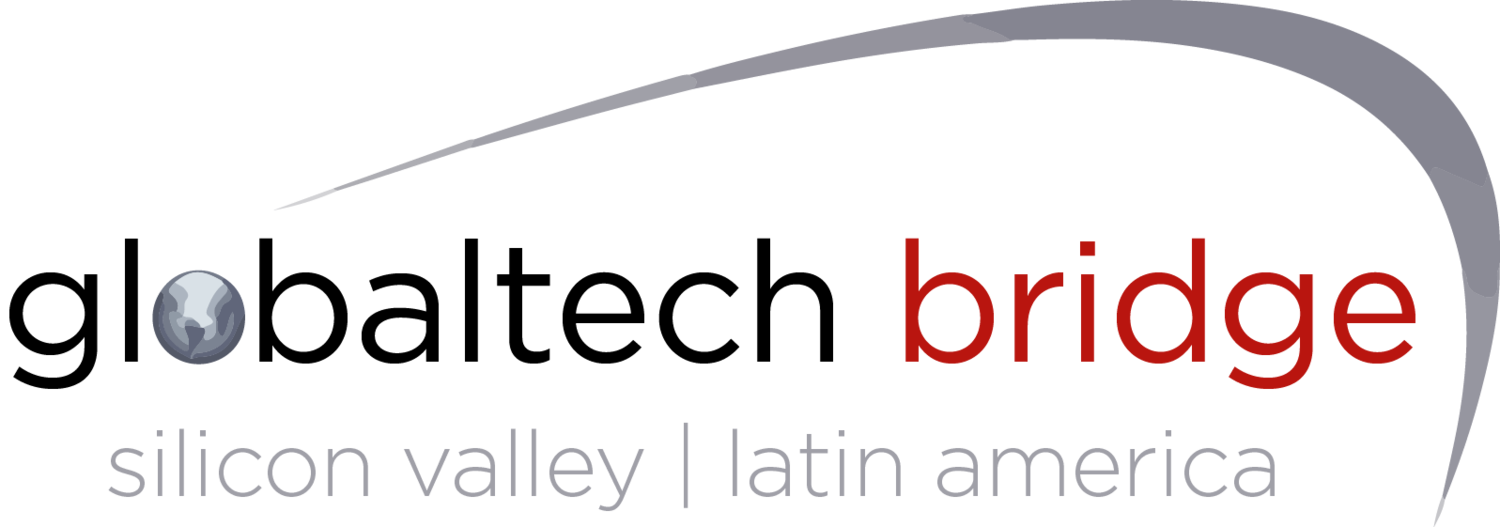Not long ago, social media was widely perceived as a hobby reserved for millennials and internet personalities. With no fool-proof way to understand the full effect of “likes” or “re-tweets”, businesses assumed social media had little impact on their core business, often opting for minimal presence in a seemingly arbitrary number of major channels. However, as the internet continues to evolve to become a more intrinsically social place, the impact of social media for businesses and corporations has increased significantly. Social media presence is no longer merely a “nice-to-have” fad, but rather a completely new way for brands to engage directly with customers, partners, leads, and even competitors. A new way to communicate their message, interact with networks, share content, improve branding, and break conventional communication boundaries.
Resistance.
From its inception, social media marketing saw significant resistance, or at least skepticism, from traditionalists. Opting for more conventional methods of marketing, many companies have chosen to maintain their existing branding strategies in place. Antiquated preconceptions ofonline advertising as cheap and ineffective, lead to half-hearted efforts to populate the likes of Facebook and Twitter with sporadic posts, and recycled low-quality content. For smaller companies, arguments against allocating resources to something so seemingly removed from their core business were, and in many ways still are, entirely too common. This is especially true for B2B companies struggling to understand the value of social media, with no clear end-consumer audience to address. Today, even as brands begin to recognize the changing nature of the internet, and in turn the growing importance of social media in their awareness and branding efforts, these preconceptions still affect and permeate marketing strategies for many companies.
“If you take a look at your existing networks, you will realize that many of your partners, costumers, colleagues, and leads already have active social media accounts, and move within the same internet circles, share similar interests, and gravitate towards similar types of content.”
The Social Internet.
It’s easy to look at marketing through a set of established labels: push, pull, viral, traditional, digital. The very word “marketing” evokes a massive promotional effort, best left to those that can afford the significant investment that such an undertaking demands. Yet the widespread use of social media channels by corporations has significantly lowered the barriers to entry, and in some ways democratized digital marketing. If you take a look at your existing networks, you will realize that many of your partners, costumers, colleagues, and leads already have active social media accounts, and move within the same internet circles, share similar interests, and gravitate towards similar types of content. For individual users social media provides a tailored experience of the internet: a way to connect and interact with those around them, while keeping track of subjects and trends of interest to them. In turn, social media gives companies of all shapes and sizes the opportunity to re-evaluate the way they approach marketing—to take advantage of their existing networks by interacting and engaging followers, partners, and influencers in an unprecedented way. It also gives brands a unique forum to develop and promote high-quality content to engage followers, and position themselves as leaders in their field.
Content Revolution.
To look at social media and content marketing as two separate concepts, is to miss one of the most significant advantages of a brand’s online presence. People gravitate towards high-quality, relevant content, and given the invasive nature of social media, users become selective about which brands they allow into their curated version of the internet. Given the vast number of established and up-and-coming social media channels available, it is imperative for companies to develop comprehensive strategies to determine which sites will serve as the best platforms for content. This should not undermine the importance of a having high-quality presence across major relevant channels, but it will give brands a clear vision of where to focus precious time and resources. With a sound content strategy, companies are be able to interact with their networks, position themselves as leaders in their field, and accurately showcase their products and services.
Social media has come a long way from its humble beginnings as 140-character status updates and one-dimensional personal profiles. Treating it as an expendable collateral or a distraction from “real business” with little to no consequence to brands and companies, is a mistake that should be avoided at all costs. At its core, social media channels are a revolutionary and dynamic way for companies to interact with their networks and ecosystems. They can be tailored to meet the specific needs and showcase the strengths of any company, while increasing awareness and branding in an unprecedented, exceptionally approachable way.
Samuel Majerowicz is a PR and Communications Consultant at Globaltech Bridge, with significant experience working in content marketing and social media for an array of consumer facing and B2B brands.


